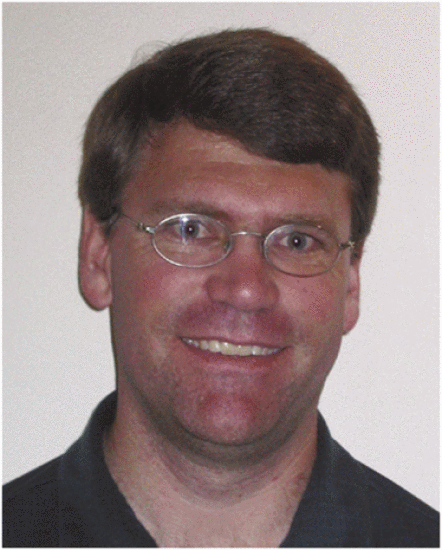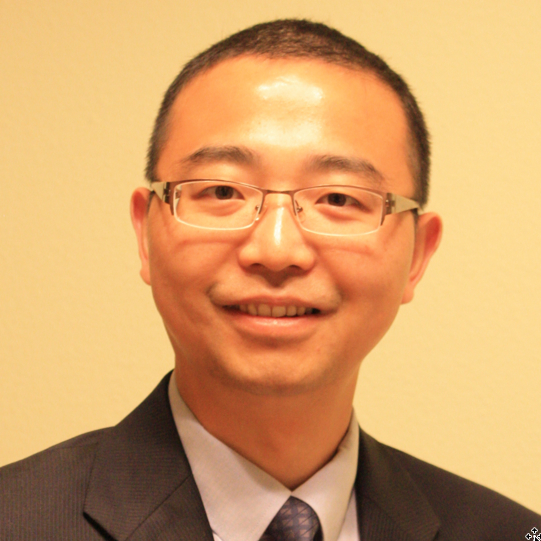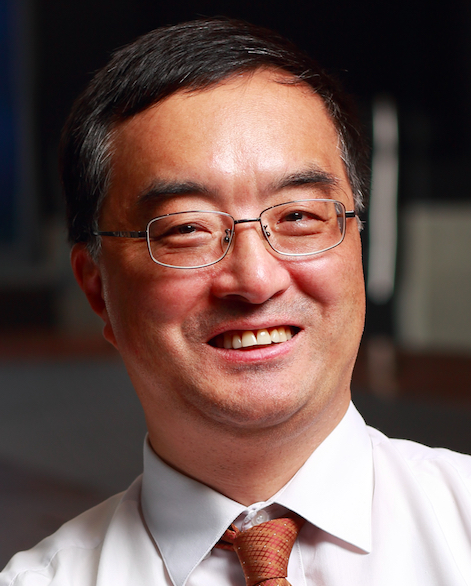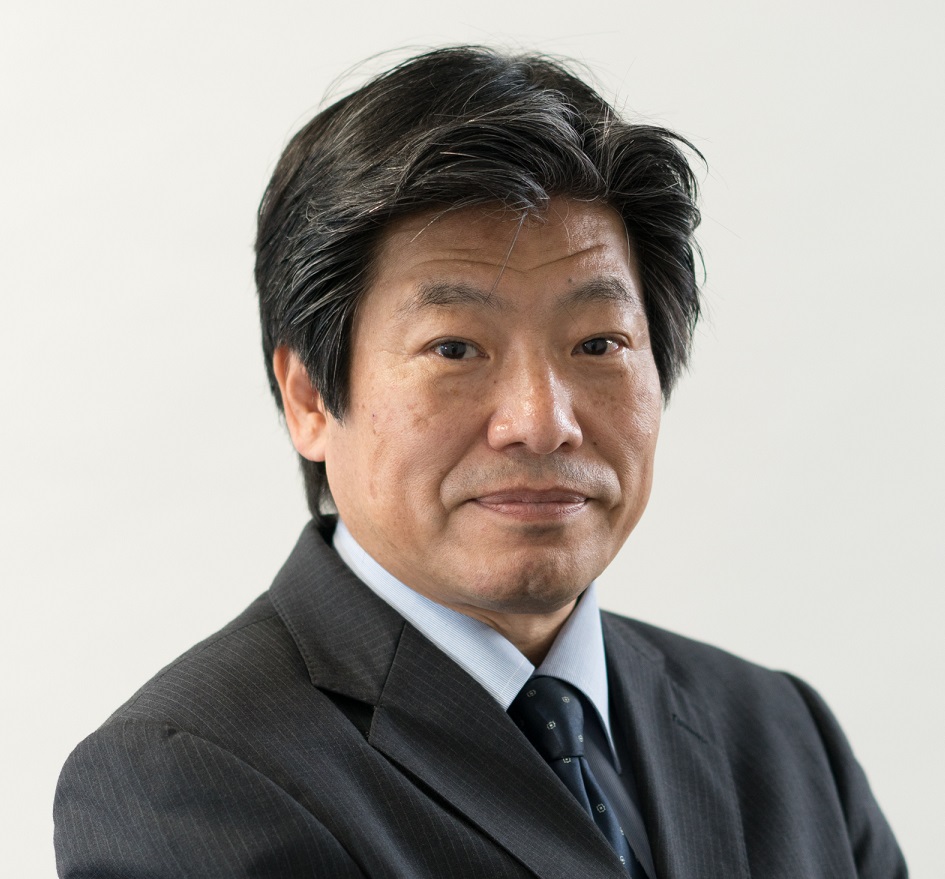
![]()
![]()
Industry Forums
5G Network Design: Access, Network and Automation
Moderator: Haris Gacanin, Nokia Bell Labs, Belgium
Speakers:
Jeffrey Foerster, Principal Scientist, Intel Research, USA (IEEE Fellow)
Anthony C.K. Soong, Chief Scientist, Huawei, USA (IEEE Fellow)
Klaus Doppler, Head of Connectivity Group, Nokia Bell Labs, USA
Yongguang Zhang, Principal Researcher, Microsoft Research, USA (IEEE Fellow)
Time: 10:00-12:00, Tuesday, March 6, 2018
Abstract:
We expect 5G will transform industrial processes, enable autonomous operation of machines and vehicles and transform trillion dollar industries. The network needs to change from a human interaction centric design to a design for machine to machine interactions. To meet the low latency, reliability and throughput requirements the 5G network architecture and design will undergo significant changes. State-of-the-art cellular networks have been designed for human interactions and an end to end latency of 100ms which is typically unnoticeable for humans in a voice call. It allows operators to run network services through a limited number of data centers per country or even continent. However, the rise of wireless services such as remote operation of surgical equipment, remote operation of vehicles and machines in hazardous environment and actuators in industrial and automotive use cases require reliable round trip times as low as 10 ms. These requirements are end to end and it is not sufficient to consider only the radio interface. A network that can meet these will make heavy use of a mobile edge cloud that is within 100 km of the user and provides the infrastructure to host these services. The network will make heavy use of software defined networking and network slicing to adapt the end to end network to meet the service guarantees. Mission critical services require a network that can observe the achieved service level and to allocate appropriate end to end resources to these services. In addition, 5G networks are expected to run over orchestrated infrastructures to host the multiple diverse requirements of the different use cases and applications simultaneously. This implies a complete new way in which the management plane of the 5G networks must be designed to support the various network slices. In this panel, we will discuss the motivation and requirements of 5G network both indoor and outdoor domains. The network architecture is discussed addressing the operator and user challenges, proposed (access and networking) technologies, automation and management. Finally, 5G network verticals are discussed requiring end to end service guarantees adaptable to user demands with the roadmap to 5G networks. Participants with different backgrounds may find their interest in the panel since the above mentioned captures the challenges and future directions of 5G network designs which will impact the whole wireless industry.
Motivating topics to be addressed by panelists are:
• Vertical services and requirements
o Industrial applications and requirements for 5G networks (indoor vs. outdoor). Enabling technologies for 5G networks and how mature these technologies are. Network requirements for future eco-system (service/verticals) connectivity.
• Access and Core
o When can we expect these technologies in live networks and open research challenges for the 5G network design? Radio technologies for indoor and outdoor applications. Multi-access technology: integration and optimization. Future heterogeneous user device challenges and requirements.
• Operations and management
o 5G network (core and RAN) for end to end service guarantees. Autonomous 5G operations and management. Artificial intelligence as future enabler of network and service optimization. Self-X network design: self-deployment, self-optimization, self-learning and self-sensing space. 5G management plane designed to support the various network slices.

Haris Gačanin received Ph.D in E.E. from Tohoku University, Japan, in 2008. He was with Tohoku University from April 2008 until May 2010 first as Japan Society for Promotion of Science postdoctoral fellow and then, as Assistant Professor. In 2010, he joined Nokia (former Alcatel-Lucent) where he is currently Artificial Intelligence Communication Systems department head within Nokia Bell Labs. His professional interest is related to application of artificial intelligence to enable autonomous networking of mobile and wireless systems. Haris has more than 180 scientific publications (journals, conferences and patent applications), invited and tutorial talks. He is senior member of the Institute of Electrical and Electronics Engineers (IEEE) and the Institute of Electronics, Information and Communication Engineering (IEICE). He is a recipient of IEICE Communication System Study Group (2015) Award, the 2013 Alcatel-Lucent Award of Excellence, the 2012 KDDI Foundation Research Award, the 2009 KDDI Foundation Research Grant Award, the 2008 Japan Society for Promotion of Science (JSPS) Postdoctoral Fellowships for Foreign Researchers, the 2005 Active Research Award in Radio Communications, 2005 Vehicular Technology Conference (VTC 2005-Fall) Student Paper Award from IEEE VTS Japan Chapter and the 2004 Institute of IEICE Society Young Researcher Award.

Jeffrey R. Foerster joined Intel in 2000 and is currently a Principal Engineer and Director of Emerging Connectivity Solutions in the Wireless Communications Research Lab in Intel Labs. He currently leads a team focused on emerging WBAN, WPAN, and WLAN technologies for wearables, IoT, and mobile connectivity. Previously, he led an internal research team and a multi-year university research consortium, co-funded by Cisco and Verizon, on Video Aware Wireless Networks, which included topics on joint source-channel coding, video quality estimation, adaptive streaming, and end-to-end video network optimizations. His past research has included Ultra-wideband (UWB) technology and related regulations, 60 GHz system design, and wireless displays. Jeff has published over 30 papers including journals, magazine, and conferences, and has been an invited panelist and presenter at several conferences. Jeff is also a member of the FCC Technical Advisory Committee, and sits on an internal Intel Corporate Research Council which manages university research funding. Prior to joining Intel, he worked on Broadband Wireless Access (BWA) systems and standards. He received his B.S., M.S., and Ph.D. degrees from the University of California, San Diego, where his thesis focused on adaptive interference suppression and coding techniques for CDMA systems. Jeff is a Fellow of the IEEE.

Anthony C. K. Soong received the Ph.D. degree in electrical and computer engineering from the University of Alberta. He received the 2008 Huawei Gold Medal for submitting Huawei’s first ever cellular framework to a standard body. He currently serves on the board of the Engineering College Industrial Advisory Board of The University of North Texas. He had served as the chair for 3GPP2 TSG-C NTAH (the next generation radio access network technology development group) from 2007-2009, vice chair for 3GPP2 TSG-C WG3 (the physical layer development group for CDMA 2000) from 2006-2011 and on the Board of OPNFV from 2014-2016. Prior to joining Huawei, he was with the systems group for Ericsson Inc and Qualcomm Inc. His research group is actively engaged in the research, development and standardization of the next generation cellular system. His research interests are in statistical signal processing, robust statistics, wireless communications, spread spectrum techniques, multicarrier signaling, multiple antenna techniques, network virtualization, SDN and physiological signal processing. Dr. Soong is a Fellow of the IEEE. He has published numerous scientific papers and has more than 90 patents granted or pending. He received the 2013 IEEE Signal Processing Society Best Paper Award as well as the 2005 award of merit for his contribution to 3GPP2 and cdma2000 development.

Klaus Doppler joined Nokia Research Center in 2002. He has contributed to Nokia’s 4G, 5G and Wi-Fi research in multiple roles. Currently, he is heading the Connectivity Lab in Nokia Bell Labs and his research focus is on indoor networks. In the past, he has been responsible for the wireless research and standardization (4G, 5G, Wi-Fi) in Nokia Technologies, incubated a new business line, contributed to Nokia’s radio technology vision and has led various research projects. He has pioneered research on Device-to-Device Communications underlaying LTE networks. Klaus received his PhD. from Helsinki University of Technology, Finland in 2010 and his MSc. in Electrical Engineering from Graz University of Technology, Austria in 2003. He has more than 75 pending and granted patent applications and he has published 30 journal and conference publications and book chapters and received several inventor awards at Nokia.

Yongguang Zhang is a Principal Researcher at Microsoft. He was a Research Manager for the Wireless and Networking group at Microsoft Research Asia from 2006 to 2015, where he and his team has built up one of the best networking research groups in the world. Previously, he was a Senior Research Scientist at HRL Labs, and co-PI/technical lead in several DARPA-funded networking and wireless research projects. From 2001 to 2003, he was also an adjunct assistant professor of Computer Science at the University of Texas at Austin. He received his Ph.D. in computer science from Purdue University in 1994. His research interests span across systems and networking, including mobile, wireless, internet, data-center networking, software radio, ad-hoc, satellite, cellular, security, network systems and hardware. He has published over 50 technical papers, including top conferences and journals of his fields (SIGCOMM, MobiCom, MobiSys, ToN). He has won a string of Best Paper Awards at top networking conferences: NSDI’11, CoNEXT’10, and NSDI’09, and 5 Best Demo Awards in at MobiSys’07, SenSys’07, MobiSys’08, NSDI’09, and SIGCOMM’10. He is an Associate Editor for IEEE transactions on Mobile Computing, an Area Editor for MC2R, was a guest editor in an ACM MONET Journal, and has organized and chaired/co-chaired several international conferences, workshops, and an IETF working group. He is a General Co-Chair for ACM MobiCom’09. He is an IEEE Fellow.



